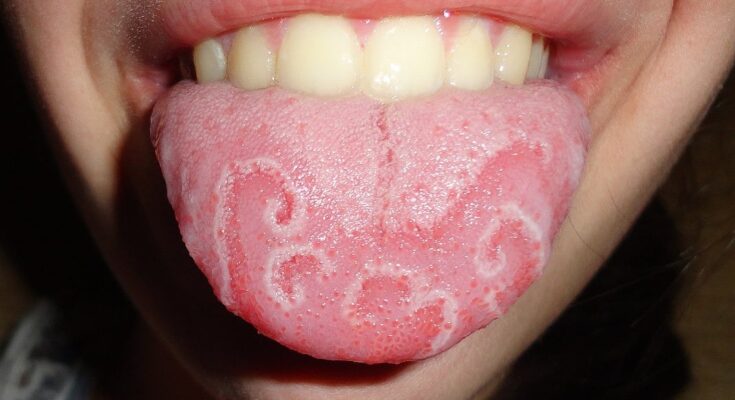Tongue examination has been a critical diagnostic tool in both traditional and modern medicine. The color, texture, and moisture of the tongue can provide insights into a person’s overall health.
For example, a healthy tongue is typically pink with a thin white coating. However, variations in color can indicate different health issues. A yellow tongue may suggest liver or gallbladder problems, while a purple or blue tongue could be a sign of circulatory or respiratory issues.
Even more serious conditions, such as cancer or diabetes, can manifest through changes in tongue color. This traditional method of diagnosis remains valuable, as the tongue reflects the body’s internal state, according to the study.
Advancements in tongue diagnosis with AI technology
In recent years, technology has revolutionized how we approach tongue diagnosis. Researchers have developed an advanced imaging system that makes use of artificial intelligence (AI) to analyze tongue images.
The innovative AI tongue scanner utilizes a machine learning algorithm trained on 5,260 images spanning seven colors across different saturations and light conditions.
This dataset included 300 "gray" entries representing unhealthy tongues and 310 "red" selections for healthy… pic.twitter.com/FPP6v4sXFG— Michael Dedecek (@dedecek_michael) August 19, 2024
This system captures images of the tongue under various lighting conditions and relies on different color space models, such as RGB and YCbCr, to analyze them. Six machine learning algorithms, including XGBoost, Random Forest, and Support Vector Machine (SVM), were tested to determine which provided the most accurate predictions, according to the study.
The XGBoost algorithm stood out, achieving an accuracy of 98.71 percent. This AI-powered system can predict tongue color and related diseases in real-time, making it a powerful tool in modern diagnostics.
AI enhances accuracy in disease prediction
The integration of AI in tongue diagnosis marks a significant improvement in medical diagnostics. The AI system is trained on a vast dataset of over 5,260 tongue images, each categorized by color, such as red, yellow, or blue.
Such extensive training allows the AI to recognize subtle changes in tongue color that might point to various health conditions. For instance, the system can identify the early stages of diabetes or detect respiratory issues by analyzing the tongue’s color.
The AI model’s high accuracy, particularly with the XGBoost algorithm, ensures reliable predictions, reducing the likelihood of misdiagnosis. This technology is poised to enhance healthcare by providing a non-invasive, accurate method for early disease detection, according to the study.
The future of tongue diagnosis lies in combining traditional practices with modern technology. With the development of sophisticated imaging systems and machine learning algorithms, tongue diagnosis could become a standard part of health check-ups.
These systems are not only accurate but also don’t require any physical contact, which makes them ideal for use in various settings, including remote or rural areas.



